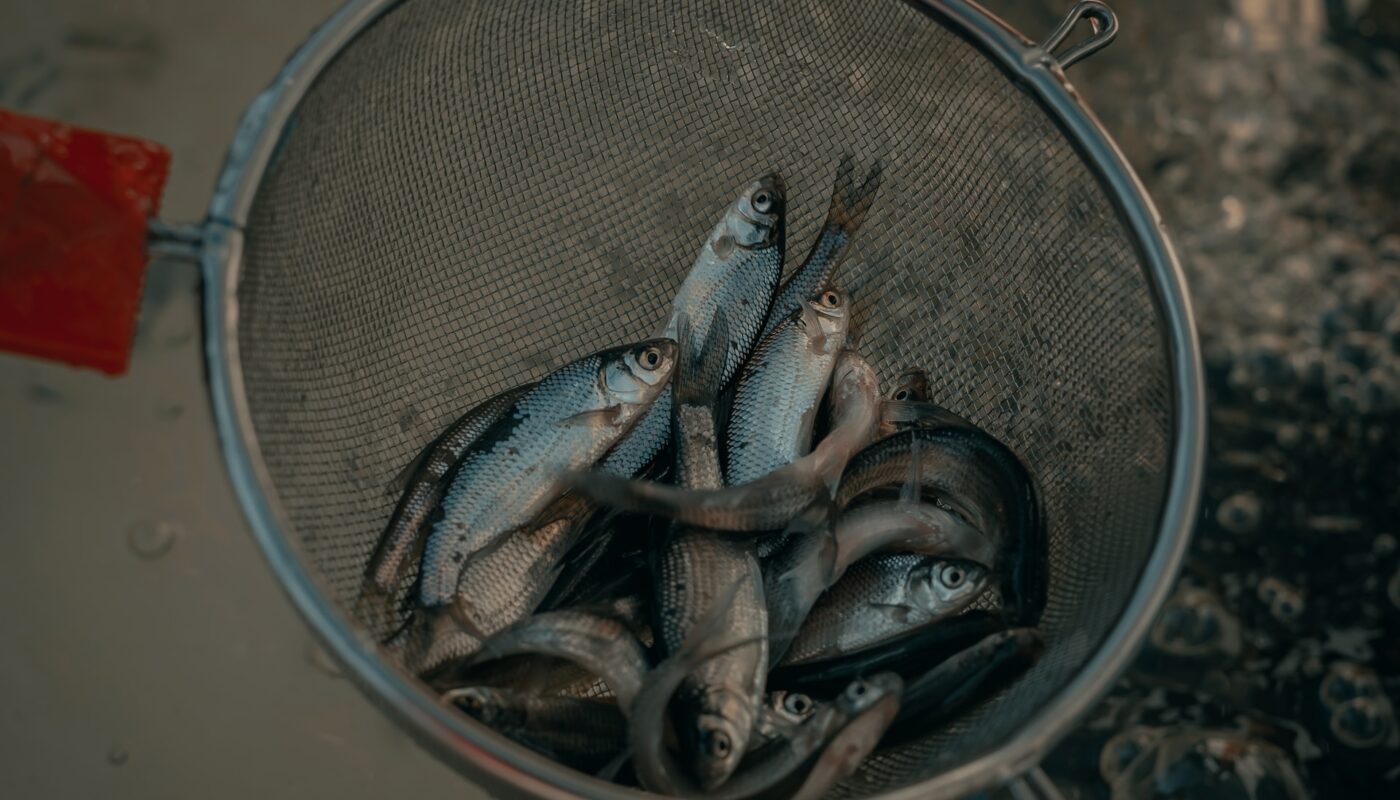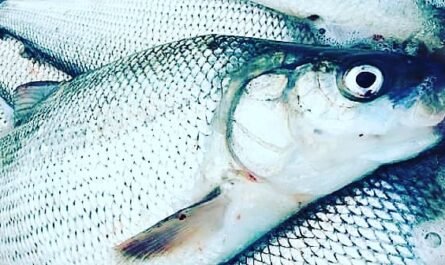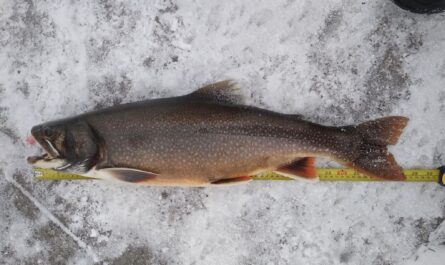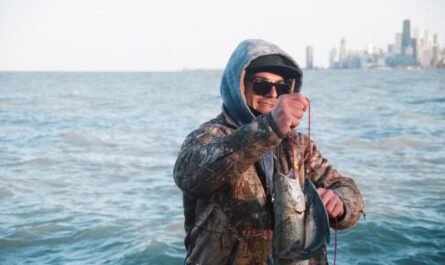As a seasoned fisherman from the Great Lakes of Michigan, I’ve decided to take my trusty rod and reel down to the sunshine state of Florida for a change of pace. I’ve heard tales of the incredible fishing opportunities in these warm waters, and I’m eager to test my skills against some new, feisty fish species. Learning more about the types of fishing bait in South Florida to use is a change from my usual walleye and bass.
I’m going for offshore fish like yellowtail snapper and grunts and then offshore for mahi-mahi. I reckon this adventure will be a real thrill. So, let’s cast off and see what these southern waters offer. Learning more about the types of fishing bait will help you choose wisely.
Table of Contents
Types of Fishing Bait
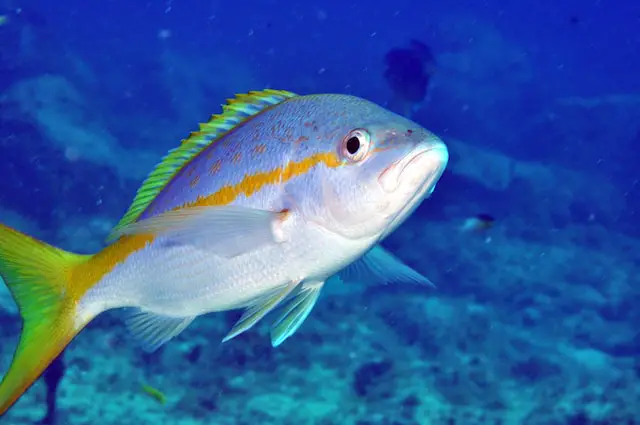
When you go fishing, there are three types of bait, though keep in mind that certain types will appeal to different fish.
Artificial Bait
Artificial lures can certainly help you reel in a fish. The bonus here is that you can use them again and again without having to re-bait your hook. These lures also don’t need to be kept alive like live bait, nor do they smell.
Live Bait
Many anglers choose live bait because it’s more tempting to the fish. It moves on its own, and the scent it produces can capture the attention of the fish in the water. However, you’ll likely need a livewell to keep these creatures alive. Plus, you must choose the right live bait to attract the local fish.
Cut Bait
Cut bait has a distinctive advantage over live bait in that you don’t need a livewell to keep it among the living. It also produces an irresistible smell to fish, bringing them in from miles around.
In South Florida, several cut bait types can attract various fish species. Here are a few examples:
- Mullet: Cut mullet is a popular cut bait in South Florida, particularly for targeting species such as tarpon, snook, and redfish. Mullet can be found in fresh and saltwater environments, making it a versatile bait option.
- Ballyhoo: Ballyhoo is a common baitfish in South Florida and can be used as cut bait to attract offshore species such as mahi-mahi, sailfish, and tuna. You can cut the ballyhoo into smaller pieces or use the whole fish, depending on the size of your target species.
- Squid: Squid is a popular cut bait option in South Florida for various species. It is commonly used for bottom fishing, targeting grouper, snapper, and amberjack. Squid can also be used when trolling for pelagic species like mahi-mahi and wahoo.
- Sardines: Cut sardines can attract fish such as king mackerel, Spanish mackerel, and bluefish. Sardines are oily fish, which release an attractive scent into the water, making them an excellent choice for chumming.
- Shrimp: Whether live or dead, shrimp is an effective bait for various fish species in South Florida waters. Cut shrimp can target fish like pompano, whiting, and various species of snapper.
Chum falls into this category too, and whether you choose live bait or artificial lures, you will likely want to chum up the waters to boost your chances of catching a fish. In South Florida, Iguana Chum is one of the best types because it makes use of the invasive species, turning it into a sustainable way to chum for fish.
Tips for Choosing Your Fish Bait
If you’re hoping to catch anything at all, you won’t just need to bring the bait; you’ll also need to think about what kind of fish you want to catch. Consider what the fish in South Florida waters usually eat and go with that.
In saltwater, most fish will respond to shrimp. It will improve your results if you think about what you’re most likely to encounter off the coast and tailor your live bait to those fish. Remember, live bait needs extra care to stay alive. If you don’t have a live well, you may want to consider crabs because they’re fairly easy to keep thriving without one.
Whether you choose artificial lures, live bait, or dead bait, chumming the waters will improve your chances of catching something more exciting than a clump of seaweed. In the absence of chum, you can look for birds over the water, a telltale sign there are fish. However, you’ll likely have the best results by releasing your chum and waiting a good 20 minutes for it to work its magic.
Final Thoughts on Fishing Bait In South Florida
Choosing the right fishing bait is crucial to having a successful fishing trip. By understanding the three types of bait—artificial, live, and dead—and the specific preferences of the fish you want to catch, you can maximize your chances of reeling in the big one. Chumming the waters can also greatly improve your results. Ultimately, the key to success lies in proper preparation and adapting your bait choice to the target fish and local environment.

